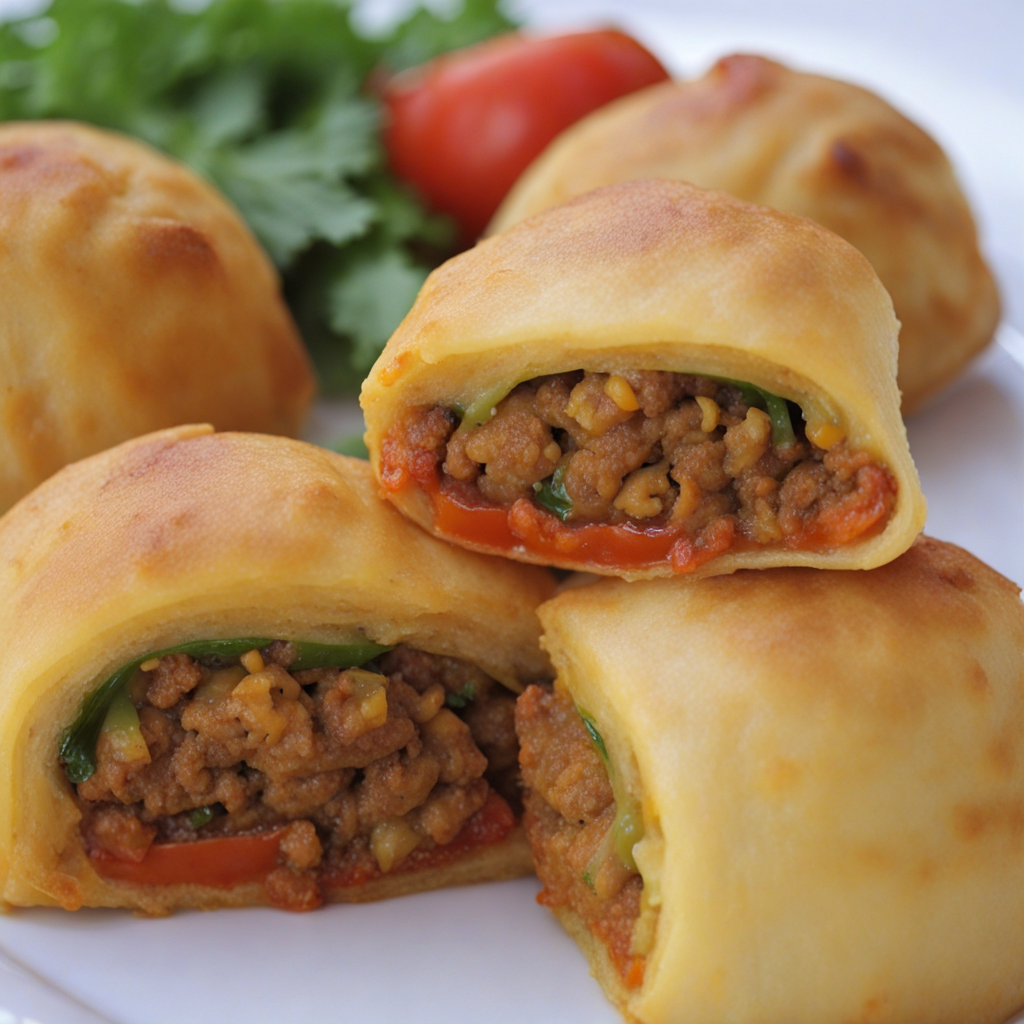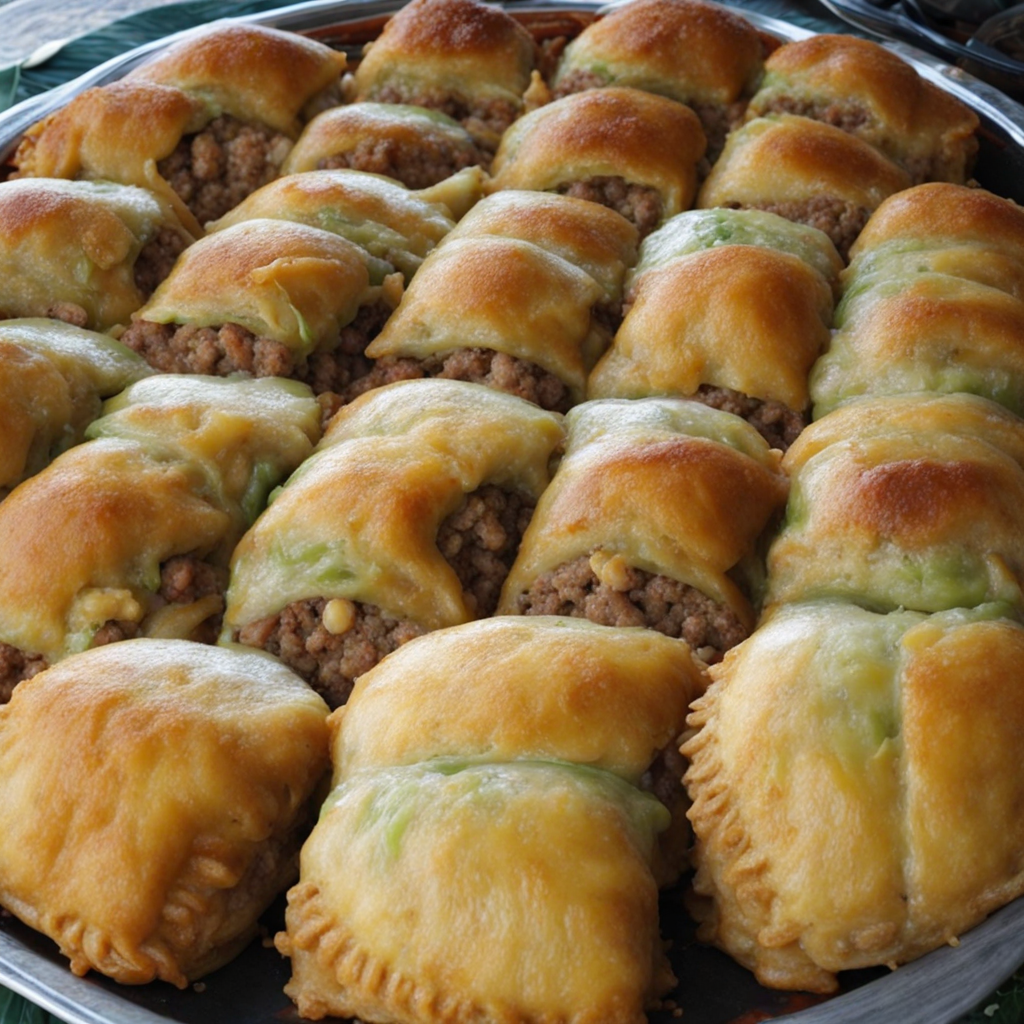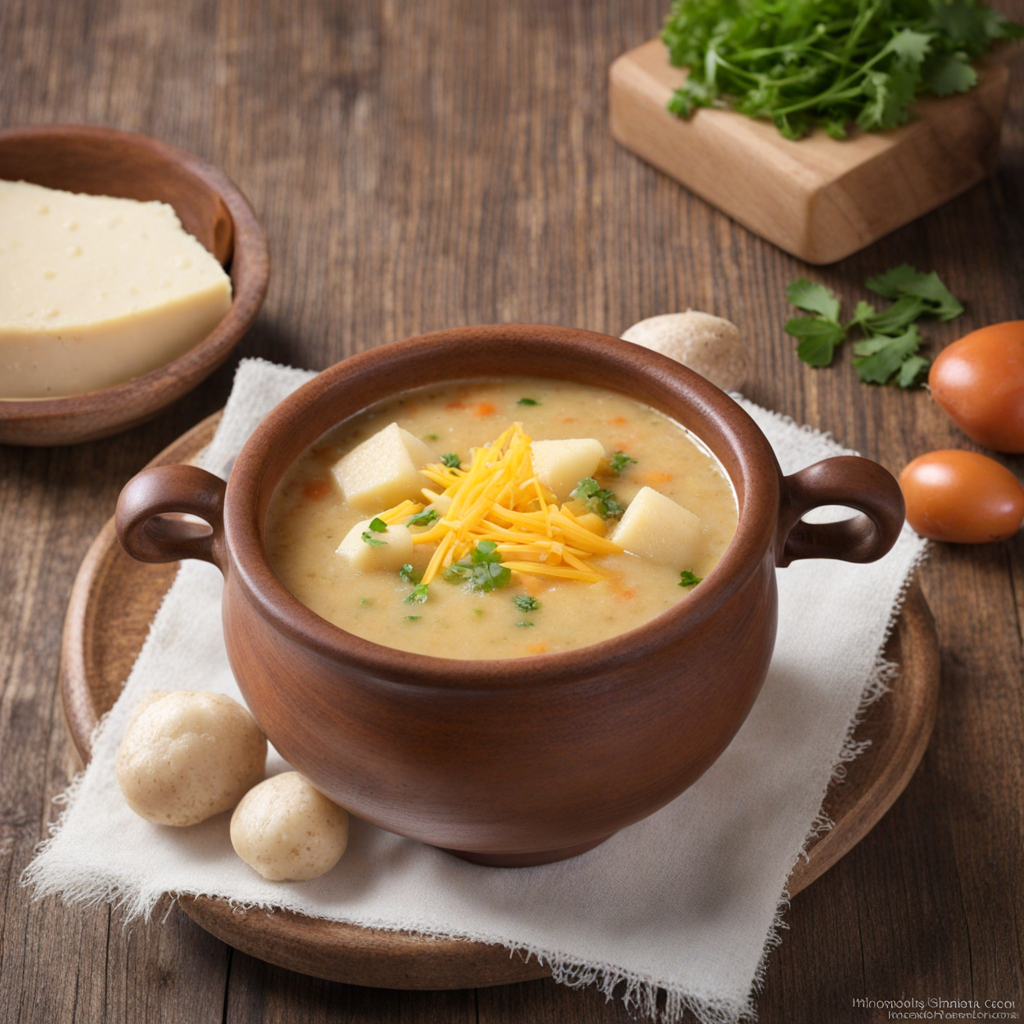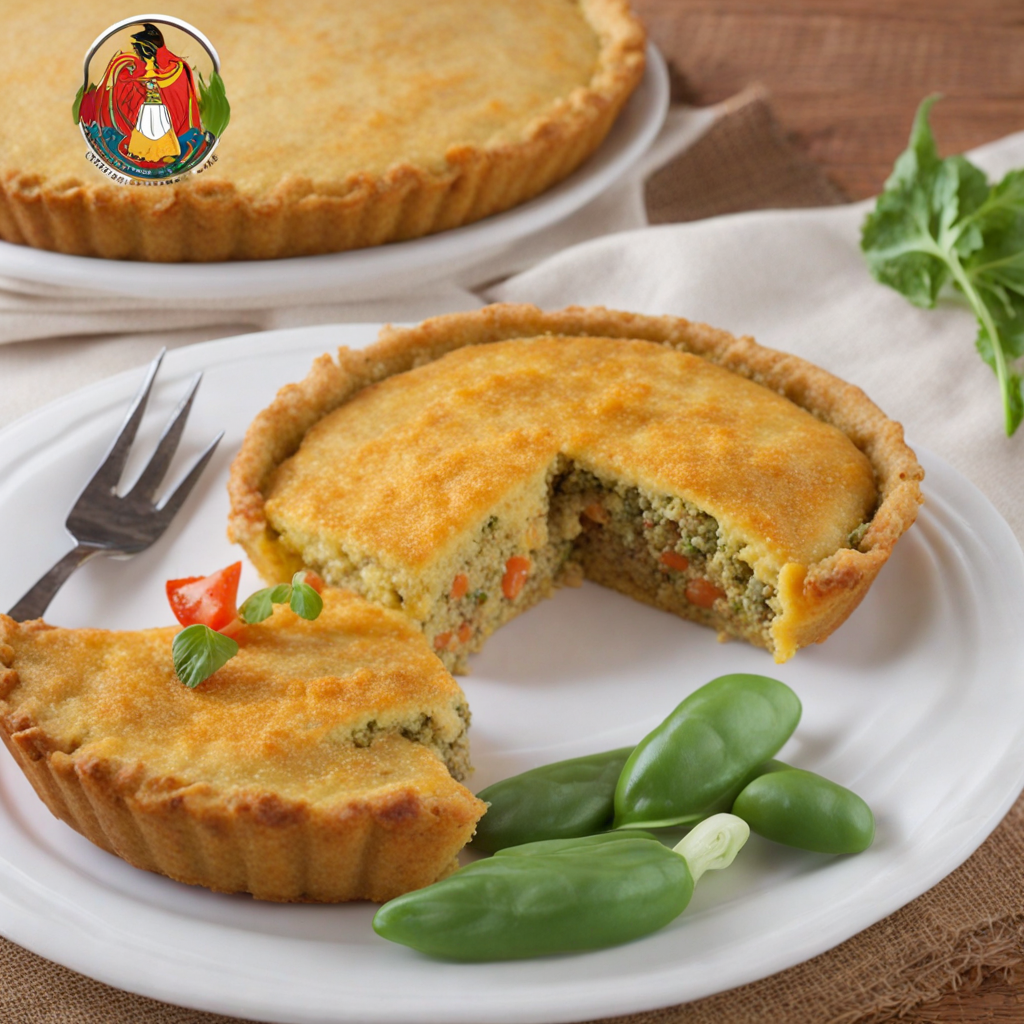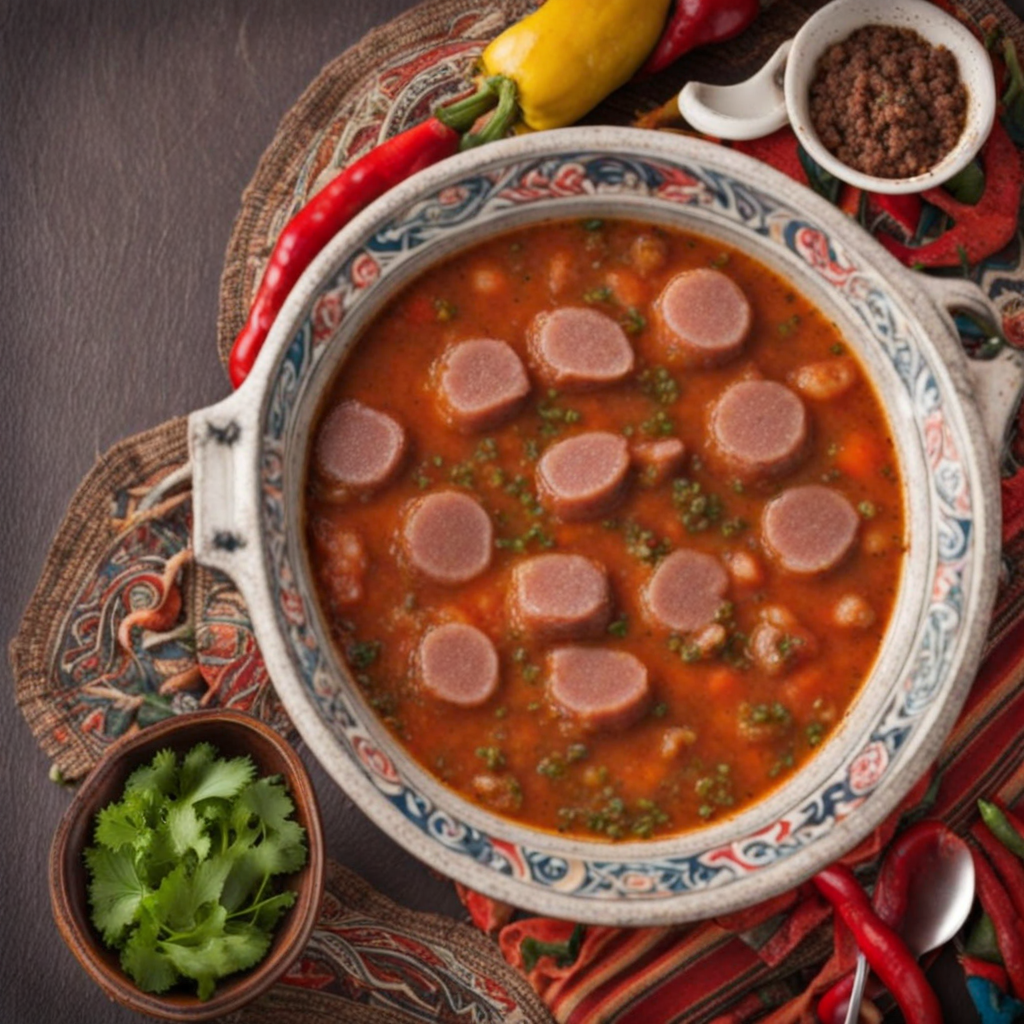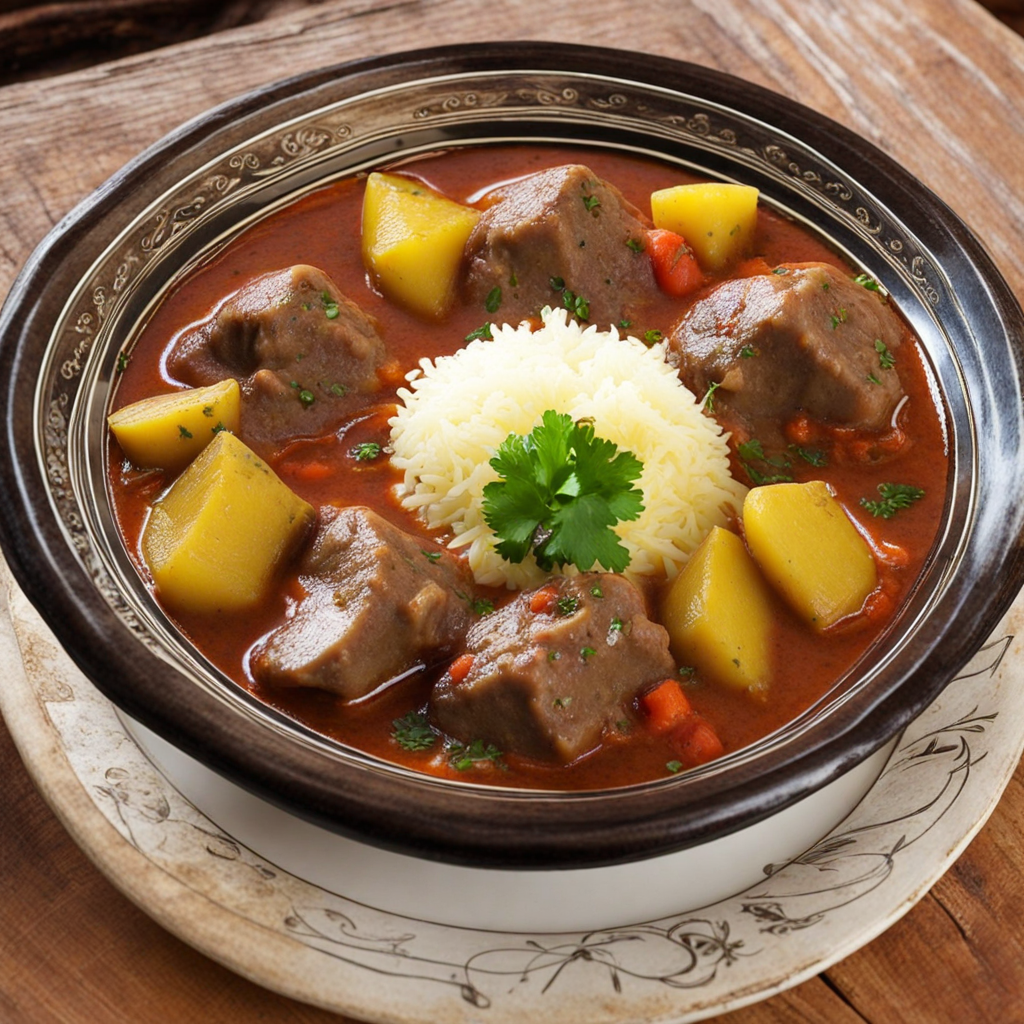Relleno
Relleno, a traditional Bolivian dish, offers a delightful exploration of flavors and textures that reflect the rich culinary heritage of the Andes. This dish typically consists of a savory filling, which can include a mix of meats, vegetables, and spices, all encased in a delicate layer of dough. The most common version features a filling of seasoned ground beef or chicken, combined with a medley of onions, peppers, and sometimes olives, creating a harmonious balance of savory and slightly tangy notes. The dough, often made from wheat or corn, is skillfully rolled out and folded around the filling, then either baked or fried to achieve a golden, crispy exterior. One of the remarkable aspects of Relleno is its versatility, as the filling can be customized to suit individual tastes or regional preferences. In some variations, you might encounter ingredients like cheese, potatoes, or even quinoa, which add unique flavors and nutritional benefits. The dish is often served with a side of salsa or aji, a spicy Bolivian sauce made with fresh herbs, tomatoes, and chili peppers, enhancing the overall experience with a zesty kick. This combination of textures and flavors makes Relleno a favorite among locals and a must-try for adventurous foodies. Relleno is more than just a meal; it embodies the spirit of Bolivian culture, often enjoyed during family gatherings or festive occasions. Each bite tells a story of tradition and togetherness, inviting you to savor the moment. As you dive into this delectable dish, you'll not only discover new tastes but also a deeper appreciation for the culinary artistry that Bolivian cuisine has to offer. Whether you choose to enjoy it as a comforting homemade dish or as a street food treat, Relleno promises a satisfying and memorable experience that will leave you craving more.
How It Became This Dish
The History of Relleno: A Culinary Treasure of Bolivia #### Origins of Relleno Relleno, a beloved dish within Bolivian cuisine, has roots that intertwine with the cultural and historical tapestry of the Andes region. The term "relleno" translates to "stuffed" in Spanish, and it refers to a variety of foods that are filled with diverse ingredients. While the exact origins of relleno are complex, its history can be traced back to pre-Columbian times when indigenous peoples first began to experiment with stuffing local ingredients into various forms of food. The Aymara and Quechua peoples, who inhabited the Andean highlands long before Spanish colonization, were masters of resourcefulness, using ingredients such as potatoes, corn, and meat to create nourishing dishes. The introduction of new ingredients by the Spanish, such as beef and pork, expanded the culinary landscape, allowing for the evolution of traditional recipes into what we now recognize as relleno. #### Cultural Significance Relleno is not merely a dish; it embodies the spirit and resilience of Bolivian culture. It represents a blend of indigenous and Spanish influences, showcasing the country's rich culinary heritage. Food in Bolivia is deeply tied to identity and community, and relleno is often served during family gatherings, festivals, and significant life events. In many Bolivian households, preparing relleno is a family affair, where generations come together to share recipes and stories. It is common to find relleno featured in celebrations like weddings, Christmas, and local festivals. The dish serves as a reminder of cultural continuity, as each family adds its unique twist, passing down secret ingredients and techniques through the ages. #### Types of Relleno The versatility of relleno is one of its most appealing qualities. Various forms exist, each with its unique flavor profile and method of preparation. The most popular types include: 1. Relleno de papa (Potato Relleno): Mashed potatoes are mixed with spices and often filled with cheese, meats, or vegetables. These are formed into small balls or patties, then fried until golden brown. The result is a crispy exterior that yields to a soft, flavorful filling. 2. Relleno de pollo (Chicken Relleno): This variant typically features chicken seasoned with a blend of spices and herbs, often combined with vegetables such as bell peppers and onions. It may be prepared as a stuffed chicken breast or as a filling for pastries. 3. Relleno de carne (Meat Relleno): Ground beef or pork is mixed with spices, herbs, and sometimes hard-boiled eggs, olives, or raisins, then used to fill pastries or stuffed vegetables like peppers or zucchini. 4. Relleno de queso (Cheese Relleno): This delightful variation is made with various cheeses, often combined with spices or herbs, and can be found in both fried and baked forms. #### Development Over Time The evolution of relleno can be traced through Bolivia's social and political history. The Spanish colonization in the 16th century introduced new cooking techniques and ingredients, which were assimilated into indigenous culinary practices. As the country gained independence in the early 19th century, a sense of national identity began to emerge, reflected in the culinary arts. In the 20th century, the urbanization of Bolivia led to changes in food preparation and consumption. With more people moving to cities, traditional rural cooking methods began to adapt to urban lifestyles. Relleno became popular in street food culture, with vendors offering quick and delicious options for busy city dwellers. The dish’s accessibility and versatility made it a staple in urban markets, further embedding it in the national consciousness. In contemporary Bolivia, the dish has continued to evolve. Chefs and home cooks alike experiment with new fillings and preparation methods, incorporating international influences while maintaining traditional roots. The growth of Bolivia’s gastronomy scene has led to the emergence of various culinary festivals, where relleno is often showcased as a symbol of Bolivian heritage. #### Relleno in Modern Bolivia Today, relleno is celebrated not only as a dish but as a cultural artifact. It is featured in Bolivian cookbooks, culinary tourism experiences, and cooking classes aimed at preserving the nation’s culinary heritage. The dish serves as a bridge between generations, connecting the past with the present. As Bolivia embraces globalization, chefs are increasingly experimenting with fusion cuisine, blending the traditional elements of relleno with international flavors. Contemporary interpretations might include fillings inspired by Asian or Mediterranean cuisines, showcasing the adaptability of this beloved dish while keeping its essence intact. Furthermore, the rise of social media has allowed for the documentation and sharing of culinary traditions, leading to a renewed interest in local foods such as relleno. Home cooks and chefs alike are using platforms to share their recipes, making the dish accessible to a broader audience and inviting people to experience the flavors of Bolivia. #### Conclusion Relleno is more than just a stuffed dish; it is a representation of the historical and cultural journey of Bolivia. From its indigenous roots to its modern-day interpretations, relleno encapsulates the spirit of community, resilience, and adaptability. As it continues to evolve, the dish serves as a reminder of the importance of food in cultural identity and heritage, ensuring that the flavors of Bolivia remain vibrant for generations to come. In a world where culinary traditions often get lost in the shuffle of globalization, relleno stands as a testament to the richness and diversity of Bolivian cuisine, inviting all who encounter it to partake in its delicious history.
You may like
Discover local flavors from Bolivia


